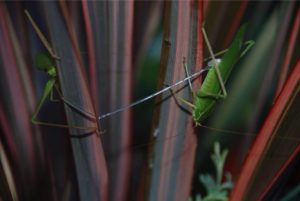Black Oystercatchers nest just above the high tide line on rocky areas on the coast. Craig Tooley recently spotted this mother with her eggs.
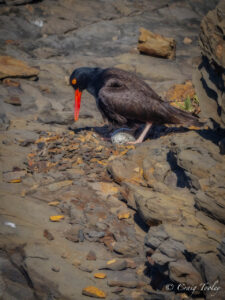 We hope people will be careful exploring the rocky shoreline this time of year, for the sake of these and other nesting birds.
We hope people will be careful exploring the rocky shoreline this time of year, for the sake of these and other nesting birds.
Some years ago Craig got a photo of two Black Oystercatchers mating. Look at the voyeuristic Harbor Seal in the background!
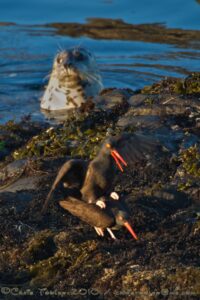 This photo made me laugh! I hope you enjoy it too.
This photo made me laugh! I hope you enjoy it too.
Thanks to Craig for allowing me to share his photos with you here. To see much more of Craig's nature photography, here is his website: www.ruffimage.com
We have a lot of clouds today but it is still warm.
Spring doesn't know...
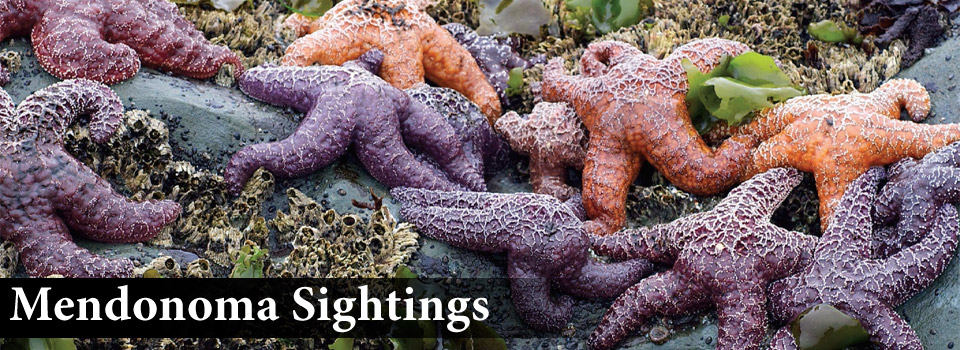
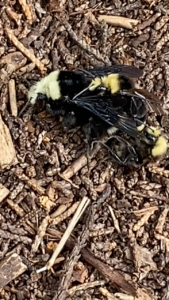
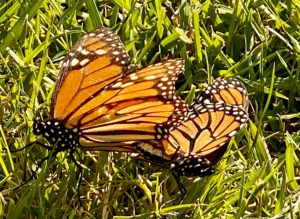
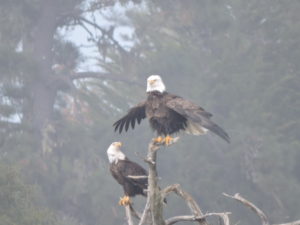
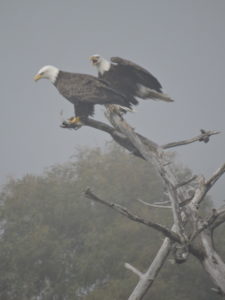
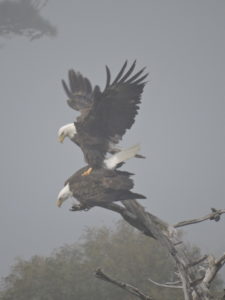 I
I